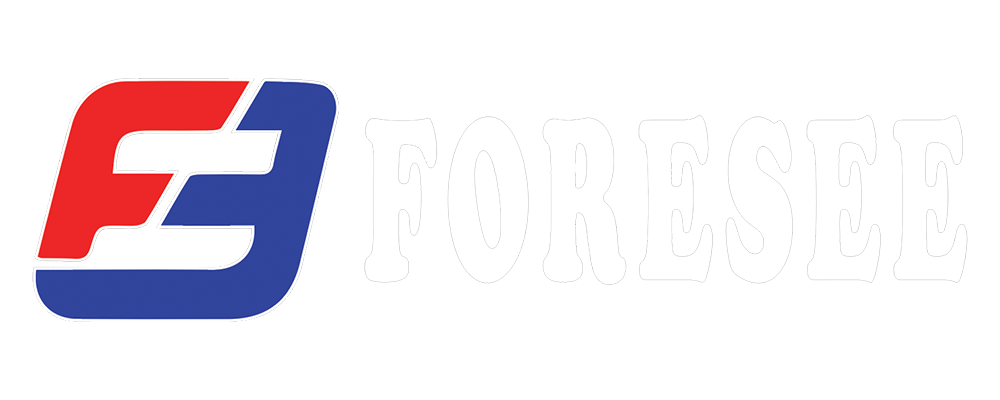Fire hoses come in various diameters, and their choice depends on the specific firefighting applications. Here are some common fire hose diameters and their typical applications:
-
1.5 inches (38 mm) and 1.75 inches (44 mm):
- Attack Hose: These smaller diameter hoses are often used for initial fire attack. They are more lightweight and manageable, making them suitable for one or two firefighters to advance toward the fire source. They are commonly used in interior firefighting operations where maneuverability is essential.
-
2.5 inches (64 mm):
- Attack Hose: The 2.5-inch hose is a versatile size suitable for various firefighting tasks. It provides a balance between water flow and maneuverability, making it a standard choice for initial fire attack in many situations. It can deliver a significant volume of water and is often used for structural firefighting.
-
3 inches (76 mm):
- Large Diameter Hose (LDH): These hoses are used for delivering large quantities of water over longer distances. They are commonly used for tasks such as supplying water to aerial apparatus, large-volume firefighting operations, or as supply lines from hydrants to smaller attack hoses.
-
4 inches (102 mm) and larger:
- Supply Hose: Very large diameter hoses, such as 4 inches and larger, are primarily used for water supply and relay operations. They are employed to transport water from a water source (hydrant, pump, water tender) to the firefighting scene, where it can be distributed to smaller hoses for firefighting. These hoses are also used in industrial settings and for dealing with large-scale fires.
-
Booster Lines (0.75 inches to 1 inch):
- Booster Lines: These small-diameter hoses are typically used in non-structural fire suppression, such as grass fires, car fires, and other smaller incidents. They are lightweight and easy to handle.
It's important to note that local fire departments and agencies may have variations in hose diameter preferences based on their specific needs and equipment. The choice of hose diameter should be determined by the type and scale of the fire, the available water supply, and the equipment used by the fire department. Firefighters often carry a range of hoses on their apparatus to address various scenarios effectively.

Recent post